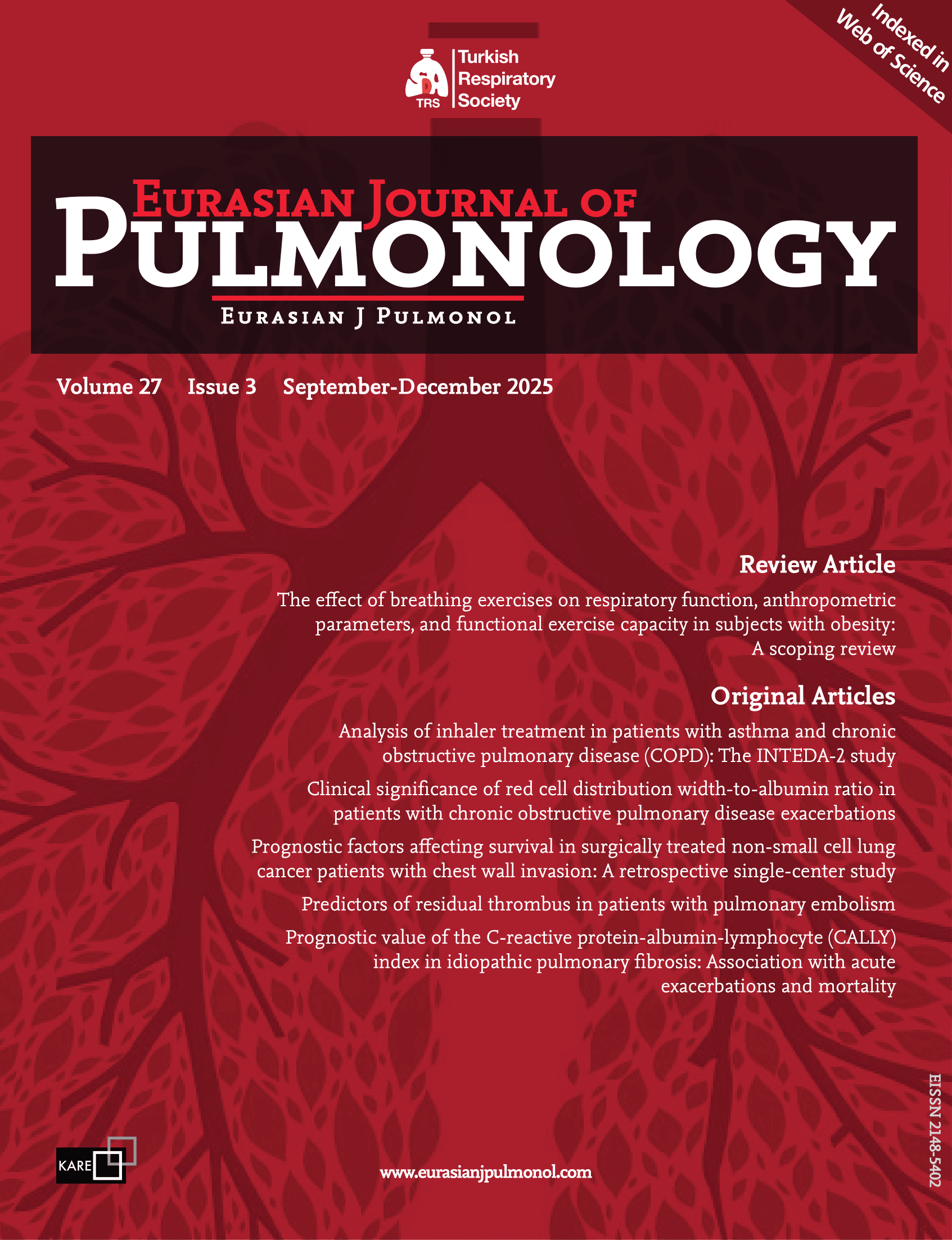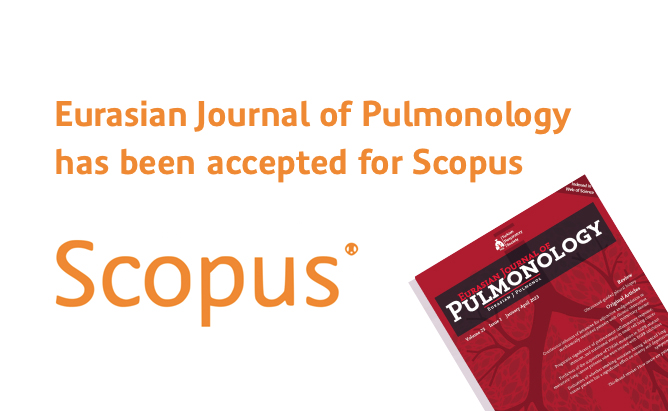Abstract
BACKGROUND AND AIM: The role of the red cell distribution width-to-albumin ratio (RAR) in predicting adverse outcomes of chronic obstructive pulmonary disease exacerbation (ECOPD) is not completely understood. Our aim was to evaluate the clinical significance of RAR in predicting ECOPD outcomes.
METHODS: A hospital-based cross-sectional comparative study was conducted on 102 patients with ECOPD. The frequency of exacerbations, history of hospitalization for ECOPD in the previous year severity of the current exacerbation, length of hospital stay (LOS), occurrence of respiratory failure, need for mechanical ventilation (MV) support, short-term mortality, and long-term mortality risk were recorded.
RESULTS: The RAR was significantly increased in patients with frequent exacerbations, hospitalization in the last year, severe current exacerbation, respiratory failure, need for MV support, prolonged hospitalization, short-term mortality, and high-risk long-term mortality. RAR was negatively correlated with spirometric indices, PaO₂, and O₂ saturation (%), and positively correlated with hospital length of stay (LOS) and the BODE index (Body mass index, airflow Obstruction, Dyspnea, and Exercise capacity). The RAR was a significant predictive index for frequent exacerbations (ß=1.51), hospitalizations (ß=1.41), severe current exacerbation (ß=1.75), respiratory failure (ß=3.29), need for MV support (ß=1.85), prolonged hospitalizations (ß=5.99), short-term mortality (ß=0.814), and high-risk long-term mortality (ß=3.97).
CONCLUSIONS: The RAR is a significant predictive index of adverse exacerbation outcomes in chronic obstructive pulmonary disease (COPD), as it discriminates patients with frequent exacerbations, hospitalizations, severe exacerbation, respiratory failure, need for MV support, prolonged hospitalizations, short-term mortality, and higher-risk long-term mortality. Therefore, it can be used to identify, at an early stage, patients who are at increased risk of morbidity and mortality.





 Alaa S. El-fadly1
Alaa S. El-fadly1 




